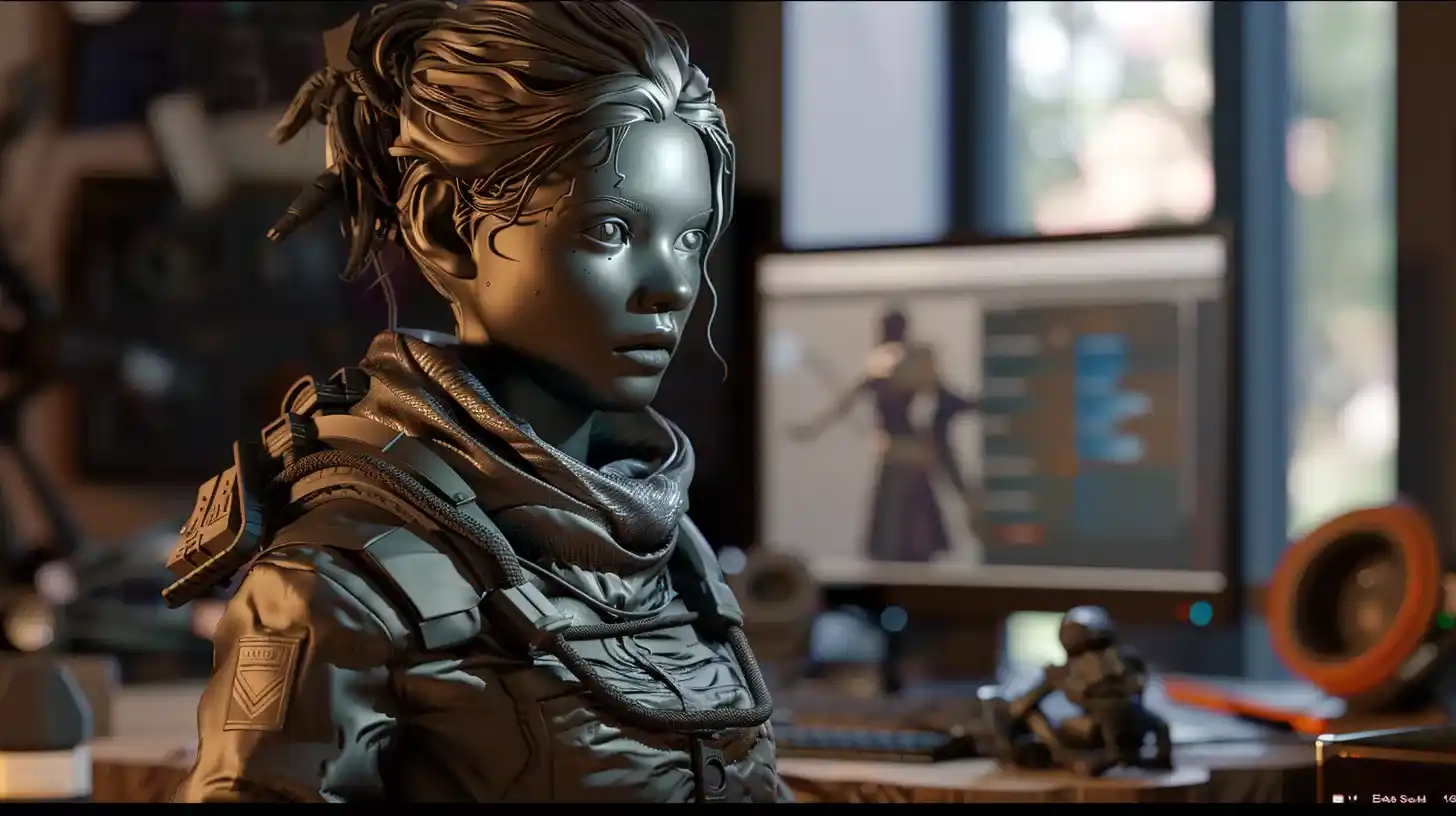Table of Contents
Meta’s 3DGen: Powerful AI Leverages Established Workhorse – Blender
Meta’s recent unveiling of its 3DGen AI system sent ripples through the 3D design community. 3DGen boasts the ability to generate 3D assets from text prompts in a record-breaking time – under a minute. Additionally, it promises high-resolution textures and material maps, all produced at speeds 3 to 10 times faster than existing solutions. Under the hood, 3DGen consists of two key parts: Meta 3D TextureGen for texture generation and 3D AssetGen for creating meshes.
However, a closer look reveals a fascinating detail – even cutting-edge AI like 3DGen isn’t entirely independent. Character artist Liz Edwards discovered that for UV mapping, a crucial step in the texturing process, TextureGen utilizes a familiar friend: Blender’s Smart Project tool.
UV Mapping: The Behind-the-Scenes Hero of Textured Models
Imagine unwrapping an orange peel to create a flat surface. That’s essentially the concept behind UV mapping in 3D design. UV mapping unwraps a 3D model’s surface onto a 2D plane, much like flattening an orange peel. This 2D representation, the UV map, serves as the canvas for applying textures to the 3D model. Textures are essentially images that provide details like color, pattern, and material properties, bringing the model to life. The quality of the UV map directly impacts the final look of the textured model.
Creating effective UV maps can be a time-consuming and intricate process for 3D artists. It requires meticulous attention to detail to ensure minimal distortion and proper texture application across the entire model. Blender’s Smart Project tool streamlines this process by automatically unwrapping the model’s surface. While not always perfect, Smart Project offers a solid foundation for further refinement, allowing artists to focus on optimizations and adjustments for a seamless final result.
According to Meta’s TextureGen paper, “For objects that do not have a suitable UV map, we generate a new UV map using Blender’s Smart Project feature, and filter out objects for which this process fails to produce a desirable UV layout.” Furthermore, “We use Blender to bake the combined, position, and normal passes mentioned above to the UV space.” This highlights 3DGen’s reliance on Blender for a crucial aspect of the texturing pipeline.
AI and Established Tools Join Forces
The news of 3DGen’s use of Blender’s UV mapping tool underscores a key point: AI and existing software aren’t mutually exclusive. Instead, they have the potential to work together to create a more efficient and powerful workflow for 3D artists.
3DGen’s strength lies in its speed and ability to generate diverse textures from text descriptions. Imagine a scenario where a designer can describe the desired texture – “weathered leather armchair” – and 3DGen generates multiple high-quality texture options within seconds. This frees up valuable time for artists to focus on other creative aspects like modeling, lighting, and animation.

However, for tasks like UV mapping that benefit from human expertise and artistic judgment, Blender’s established tools remain valuable assets. Experienced artists can take the UV map generated by Blender’s Smart Project tool and optimize it for minimal stretching and optimal texture placement, ensuring a high-quality final render.
This collaboration between cutting-edge AI and well-loved software like Blender signifies a promising future for 3D creation. As AI technology continues to evolve, we can expect even more powerful tools that empower artists to create stunning 3D content with greater speed and efficiency. The future of 3D design lies in leveraging the strengths of both AI and established software, allowing artists to focus on their creative vision while AI handles repetitive and time-consuming tasks.